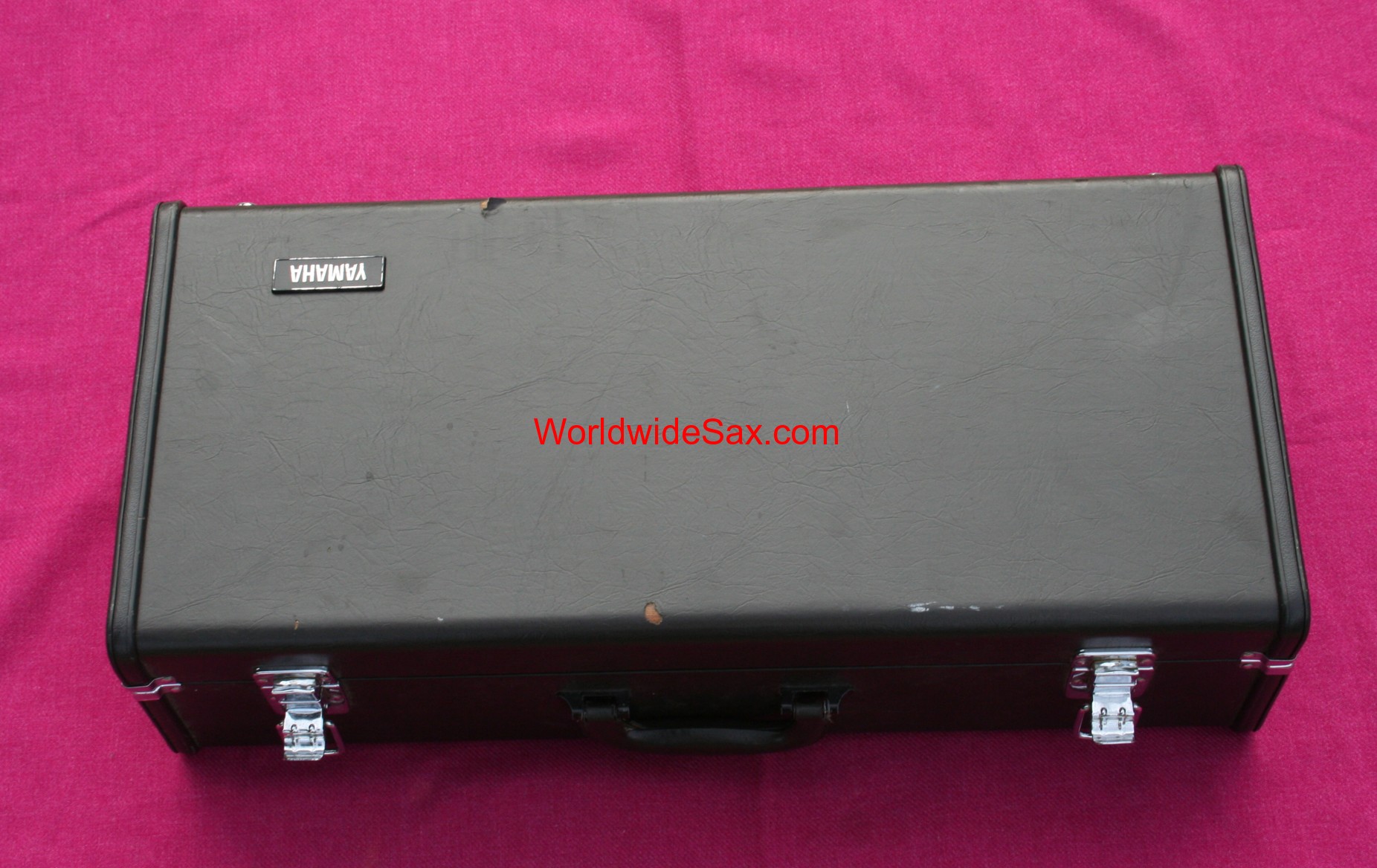Breaking News
Main Menu
Yamaha Tenor Sax Serial Number Chart
воскресенье 03 мая admin 7
Since 1887, when it began producing reed organs, the Yamaha Corporation in Japan (then Nippon Gakki Co., Ltd.) has grown to become the world’s largest manufacturer of a full line of musical instruments, and a leading producer of audio/visual products, semiconductors and other computer related products, sporting goods, home appliances and furniture, specialty metals, machine tools, and industrial robots.
Since Yamaha Music Foundation was established in 1966, it has generated a wide range of music activities throughout global society, including Yamaha music schools, and the Junior Original Concert. Strong commitment to promote and support music education and popularization is one of the most significant elements to distinguish Yamaha from its competitors (reference: http://www.yamaha.com/aboutyamaha.asp).
|
The sound is worth the price, however. It has the smoothness of the 62 series with a fatter, full-bodied tone, it’s the perfect Yamaha saxophone for filling a room. 875EX series. Perhaps the most versatile custom Yamaha saxophones, the 875EX series is best for skilled musicians who like to play many different genres.
DETAILED HISTORY:http://www.yamaha.com/aboutyamaha.asp
CORPORATE WEBSITES:http://www.yamaha.com, http://www.global.yamaha.com, http://www.yamaha.co.jp.
Model Notation
Most Yamaha models are in the form of “YAS-21”. Simple: Yamaha Alto Sax – Model 21“. Below is a little chart, where “x” means “a number”.
We have an integration with FusionPBX that make this really easy and scalable! We have support for IP and credential based authentication.Hosted PBX services: Proxy SIP Endpoint requests to a multi-tenant PBX such as FusionPBX or single-tenant such as FreePBX. Dsiprouter install centos 7. Product OverviewdSIPRouter installation on a vanilla CentOS 7 AMI.dSIPRouter allows you to quickly turn Kamailio into an easy to use SIP Service Provider platform, which enables two basic use cases:SIP Trunking services: Provide services to customers that have an on-premise PBX such as FreePBX, FusionPBX, Avaya, etc.
- 2x = Student model (21, 23, 25). 25 is identical to 23, but it has an altissimo F# key.
- 275 = Student model. Improved version of the 2x models.
- 32 = Intermediate model, virtually identical to 52 model.
- 475 = Intermediate model, updated version of 52 model.
- 52 = Intermediate model.
- 34 = Advanced intermediate model (improved neck).
- 575 = Advanced intermediate model (improved neck and bell).
- 6x = Machine-made professional model (61, 62, 62II).
- 675 = Professional soprano.
- 82 = Custom professional.
- 8×5 = Custom professional (855, 875).
- YAS01M/Q/MQ: A limited edition Indonesian-made model. Student quality.
- AD01 (Advantage): Slightly reworked model 23s for the education market.
Serial Number Information
I’m sorry; I forgot to include this on my first draft.
Yamaha serial numbers, like Yanagisawa’s, are not necessarily sequential. There are also no extant serial number charts, even for dealers. If you want to know when your Yamaha was made, the only completely accurate answer is from Yamaha, themselves. You should be able to contact them through their global website.
However, there is an extant serial number chart for the Vito 7131RK, which is the Vito-stenciled Yamaha YAS-25. This chart can give you some information.
Further, you could look at the Yamaha Parts List, as that does have some serial number ranges listed.
Errata
- I am unaware of any Yamaha sopranino (“Eb soprano”, if you prefer) or Bb bass saxophones. They may have had a prototype at one point, but I have never seen one.
- I may include some of the Nippon Gakki instruments if I can find them. They’re fairly uncommon, but earlier ones look like copies of various things, really late ones (like this one) are virtually identical to the Yamaha 61 horns and may actually have been built BY Yamaha before Yamaha purchased Nikkan Gakki.I also found this page, which has some shots of the Nikkan Imperial AND an MP3 of it. That’s kinda kewl.
- “Nikkan” was also a name that was used on some early Yanagisawa brasswinds. There doesn’t appear to be any connection with these brasswinds and Yamaha.
Linkies
There are a lot of absolutely superb links to Yamaha stuff and there are some great things to be found on the Yamaha websites. I’m going to try to list some of the great linkies, below:
